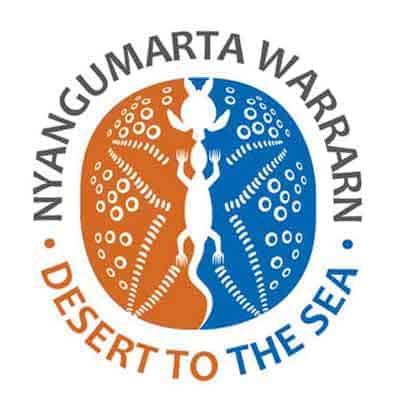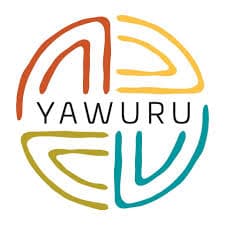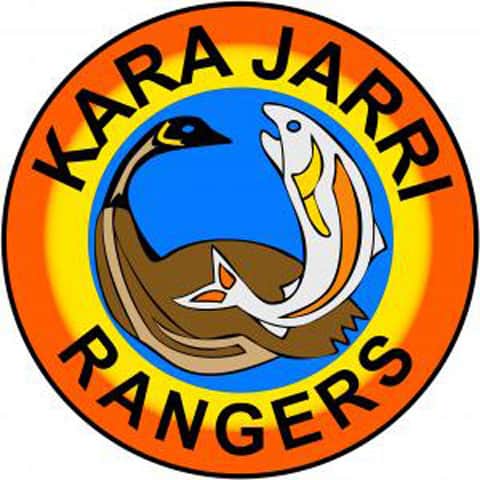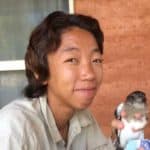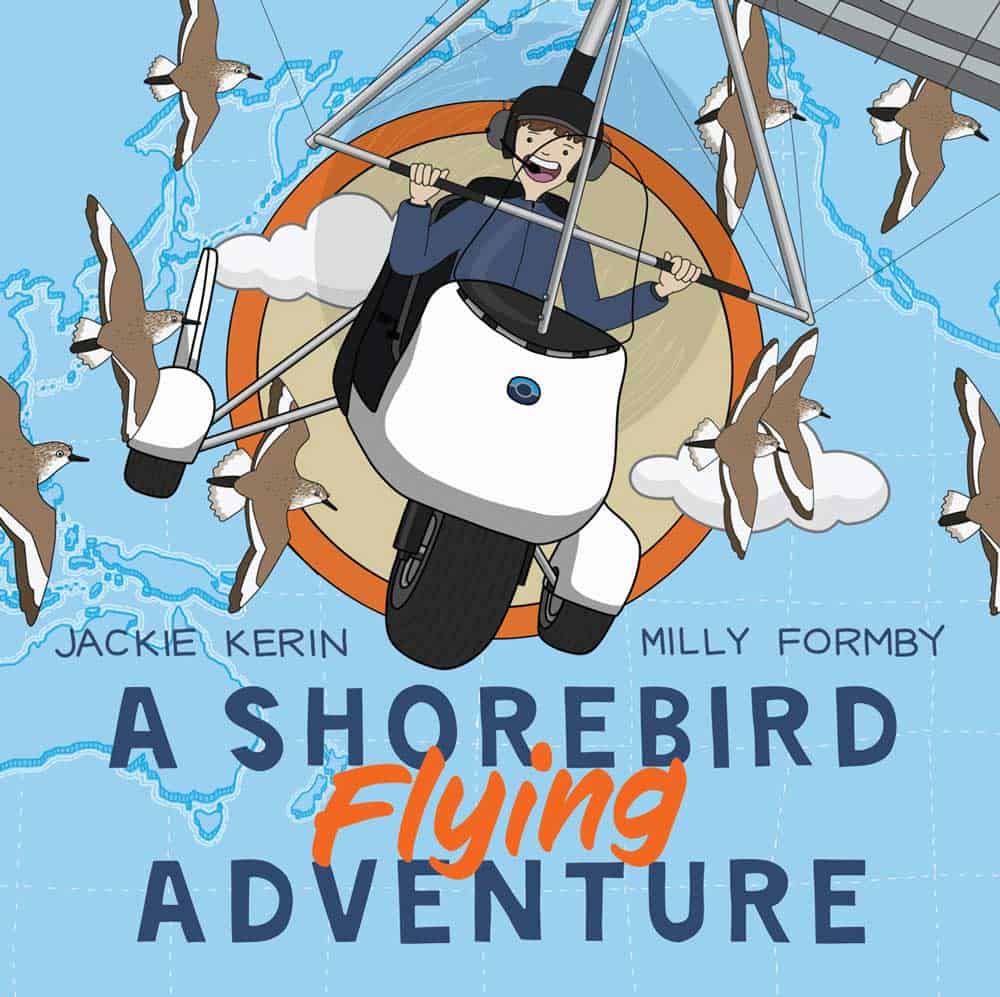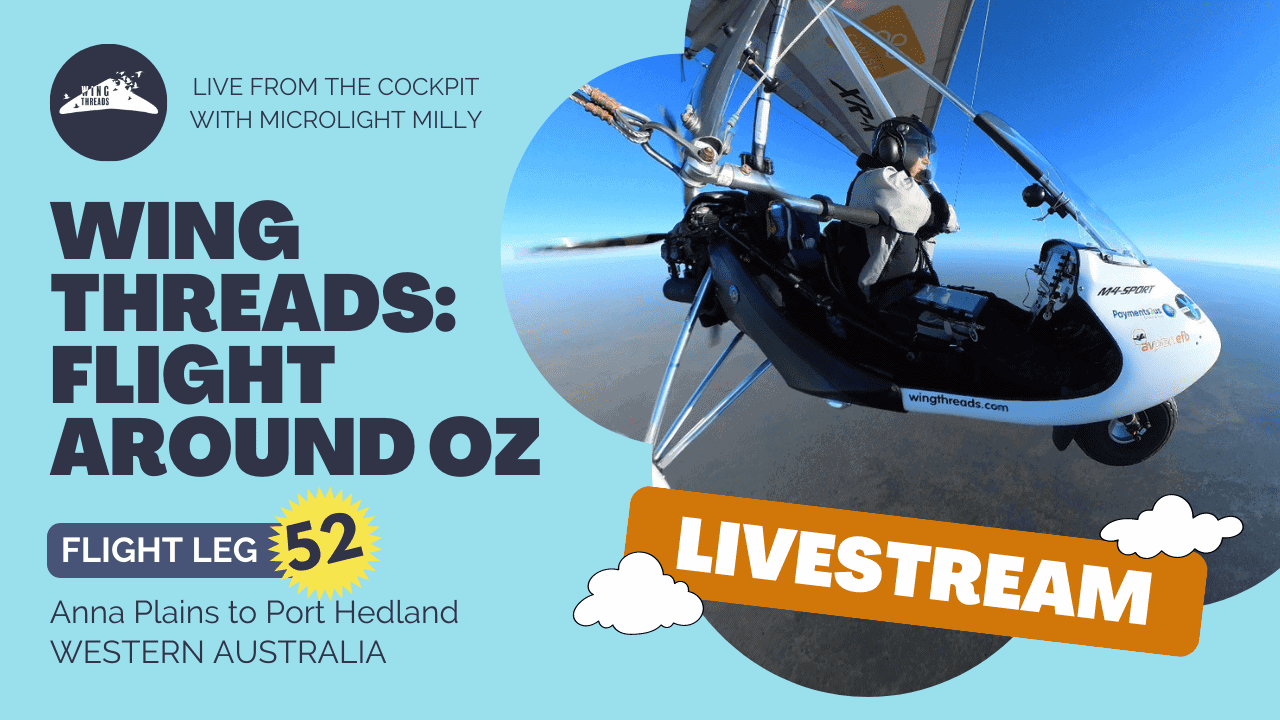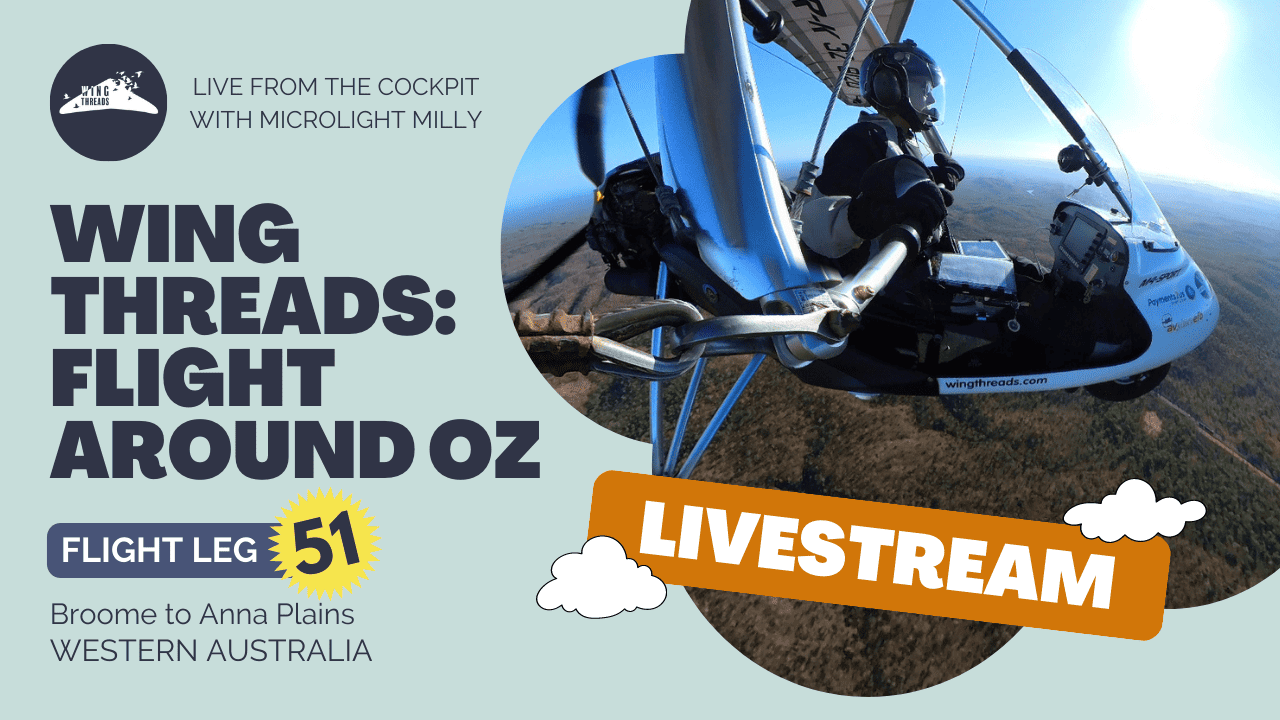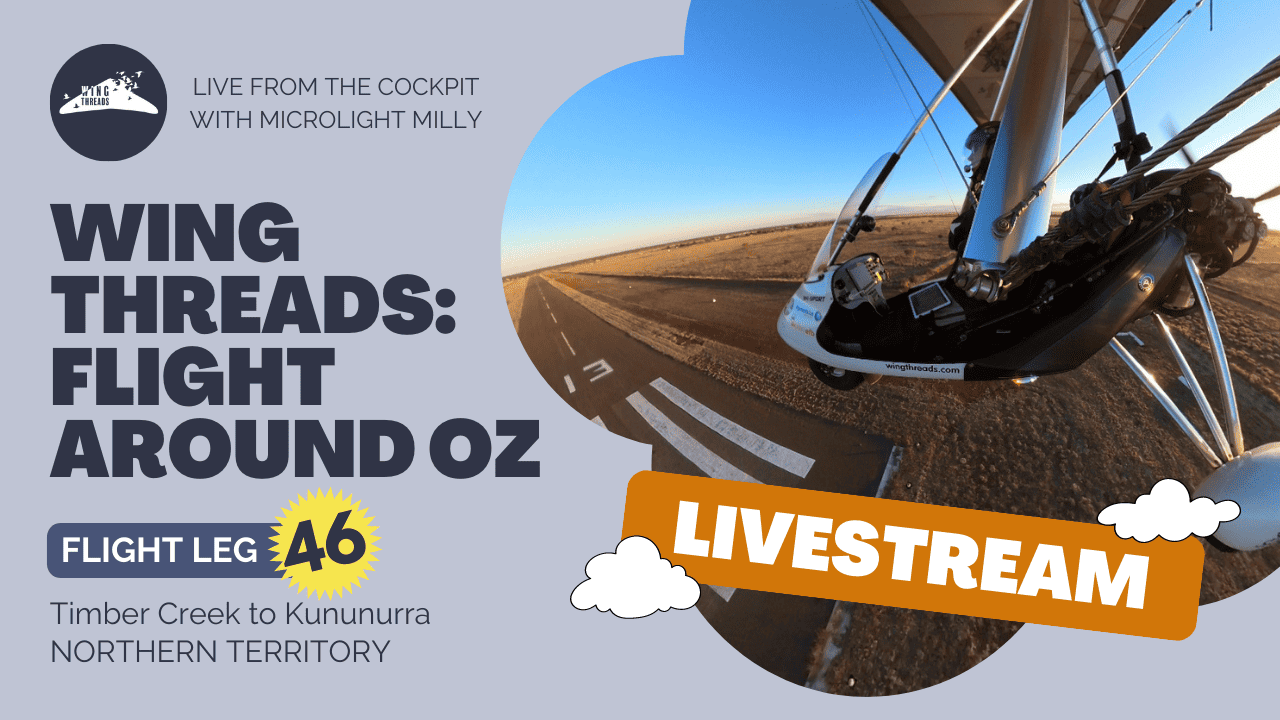Ups and downs on migration
People say “Life is like a roller coaster” with its ups and downs. So it seems also with our Whimbrel satellite tracking project.
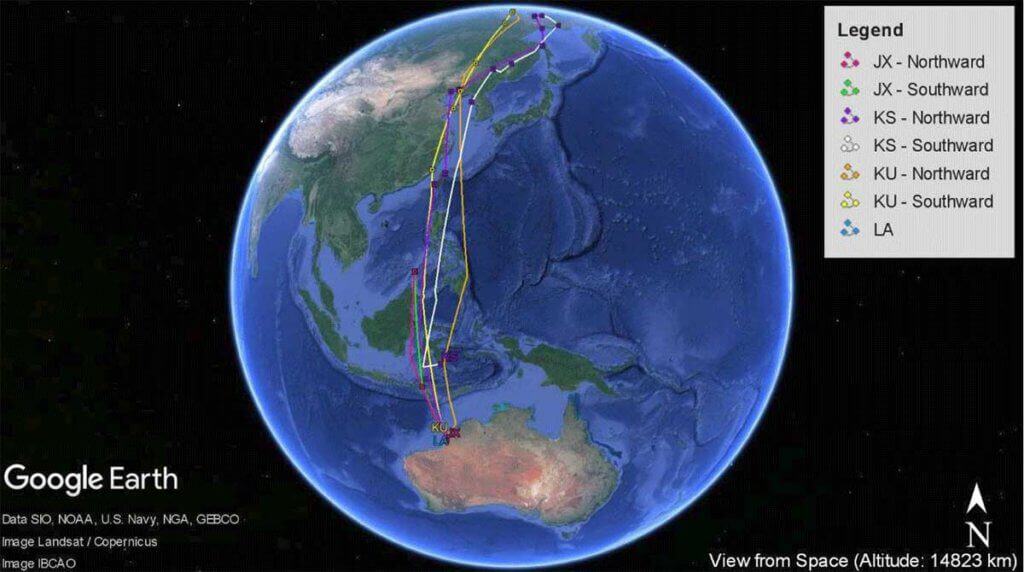

Whimbrel KU
On the upside, KU has returned to Australia after flying more than 19,800km on a migration journey of 195 days to and from the breeding grounds in Siberia (Figure 1.)!
KU departed its breeding ground around mid-July, after making 3 stops in Northern China, Sulawesi in Indonesia and Timor-Leste, it arrived Australia Mainland on October 29th, 2017.
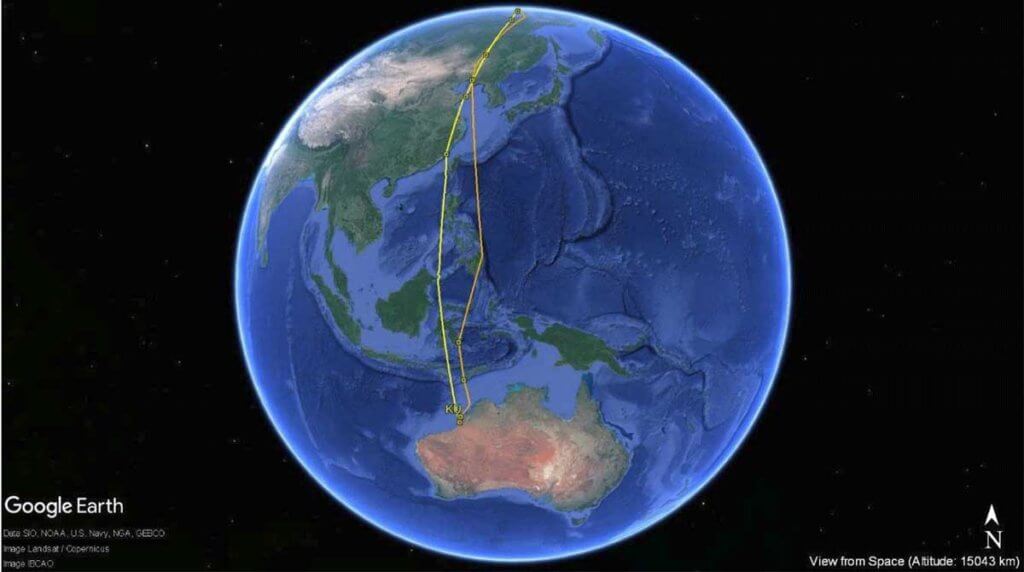
Instead of heading back to Roebuck Bay in Broome, KU chose to stopover at Dampier Peninsula near Beagle Bay. We will be watching to see if it will eventually come back to Roebuck Bay later in the season.
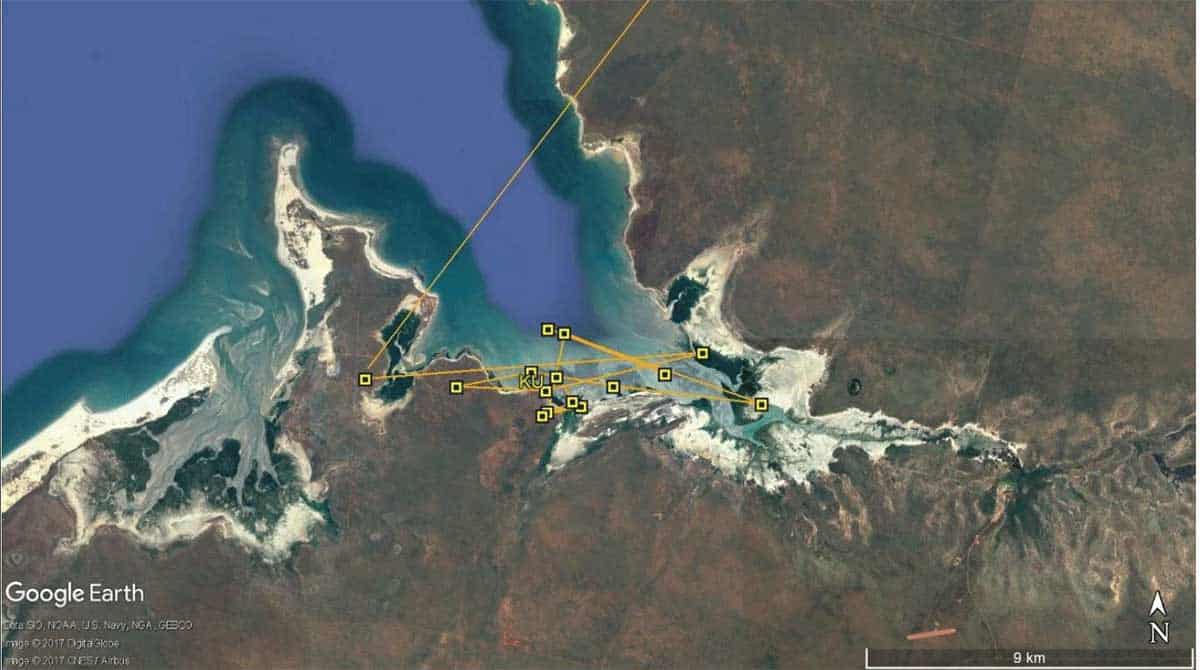
Whimbrel KS
On the downside, we are disappointed to report that we’ve lost signal from KS since late September. Based on the fact that transmissions from the satellite tag have been less frequent in the final few weeks since KS arrived in South-east Sulawesi, we do hope that it was the transmitter which failed, rather than something happening to the bird itself. It is hoped that KS might be seen again in Roebuck Bay later this season, confirming that it is safe.
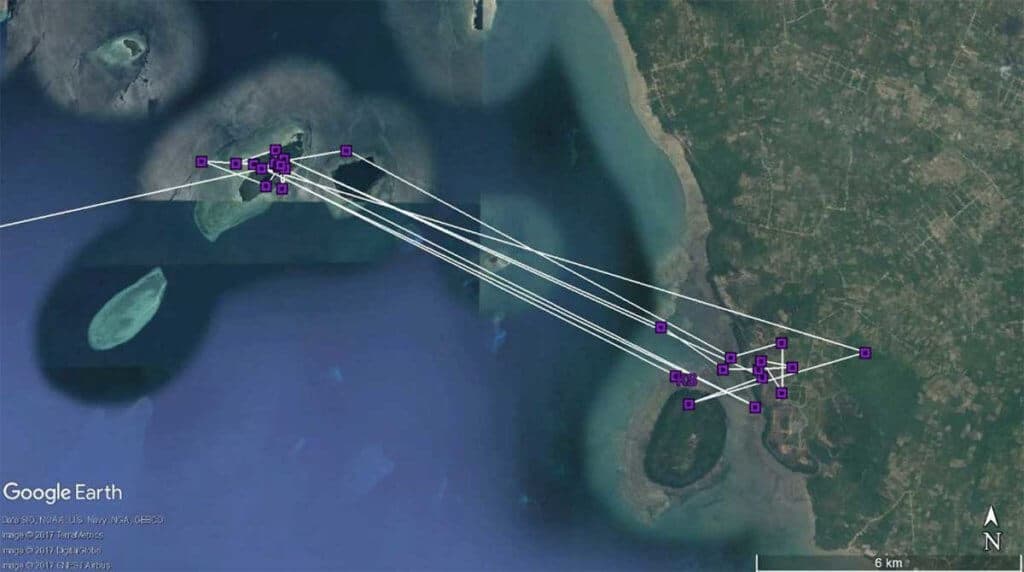
Meanwhile, JX and LA are still doing very well at Roebuck Bay and Eighty Mile Beach respectively.
At Roebuck Bay, JX regularly spends time at Dampier Creek, West Quarry and the salt-marshes south of Crab Creek. Amazing that it has managed to escape being seen by birders since August.
Meanwhile at Eighty Mile Beach, LA remains at its favourite patch 40-50km south of the Anna Plains Station entrance.
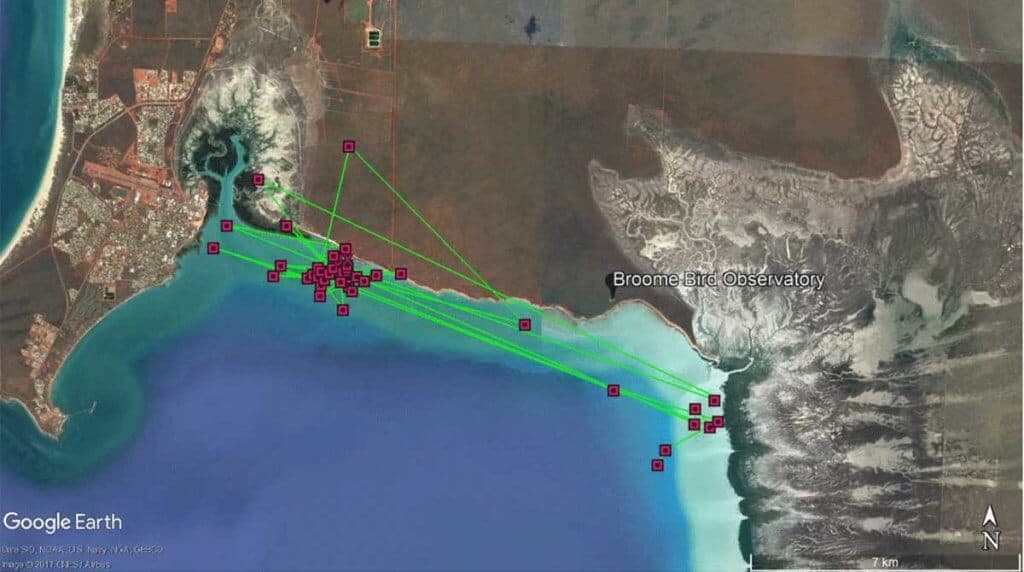
Acknowledgements
Clive Minton
The extensive and expensive satellite tracking program we have set up in NWA has only been possible through the efforts and generosity of a large number of people and organizations. It is difficult to know where to start with the formal acknowledgements so I will list them – but not in any particular order of priority.
- The members of the AWSG NWA 2019 Wader and Tern Expedition and similar NWA expeditions in previous years, are particularly thanked for their efforts in the field in catching, banding and deploying transmitters on a range of species.
- Landowners are especially thanked for permission to go onto their property to enable us to catch various species in order to deploy the satellite transmitters. In particular we thank Anna Plains Station for giving us the freedom to roam over large areas of grazed grassland when counting and catching target species.
- AWSG acknowledges the Yawuru People via the offices of Nyamba Buru Yawuru Limited for permission to catch birds on the shores of Roebuck Bay, traditional lands of the Yawuru people.
- AWSG acknowledges the Karajarri and Nyangumarta people for permission to catch birds to be marked for this project on the shores of 80 Mile Beach, traditional lands of the Karajarri and Nyangumarta.
- The cost of the satellite transmitters, which cost around $5000 each, and the satellite downloading costs (around $1000-1500 per month) have been met by a variety of sources. Private individuals (Charles Allen and Doris Graham) have made most generous individual contributions. Kate Gorringe-Smith and her team of artists involved in The Overwintering Project made a large, generous donation from funds raised during their various public exhibitions. The annual NWA Expedition members, collectively, also provided significant funds each year.

